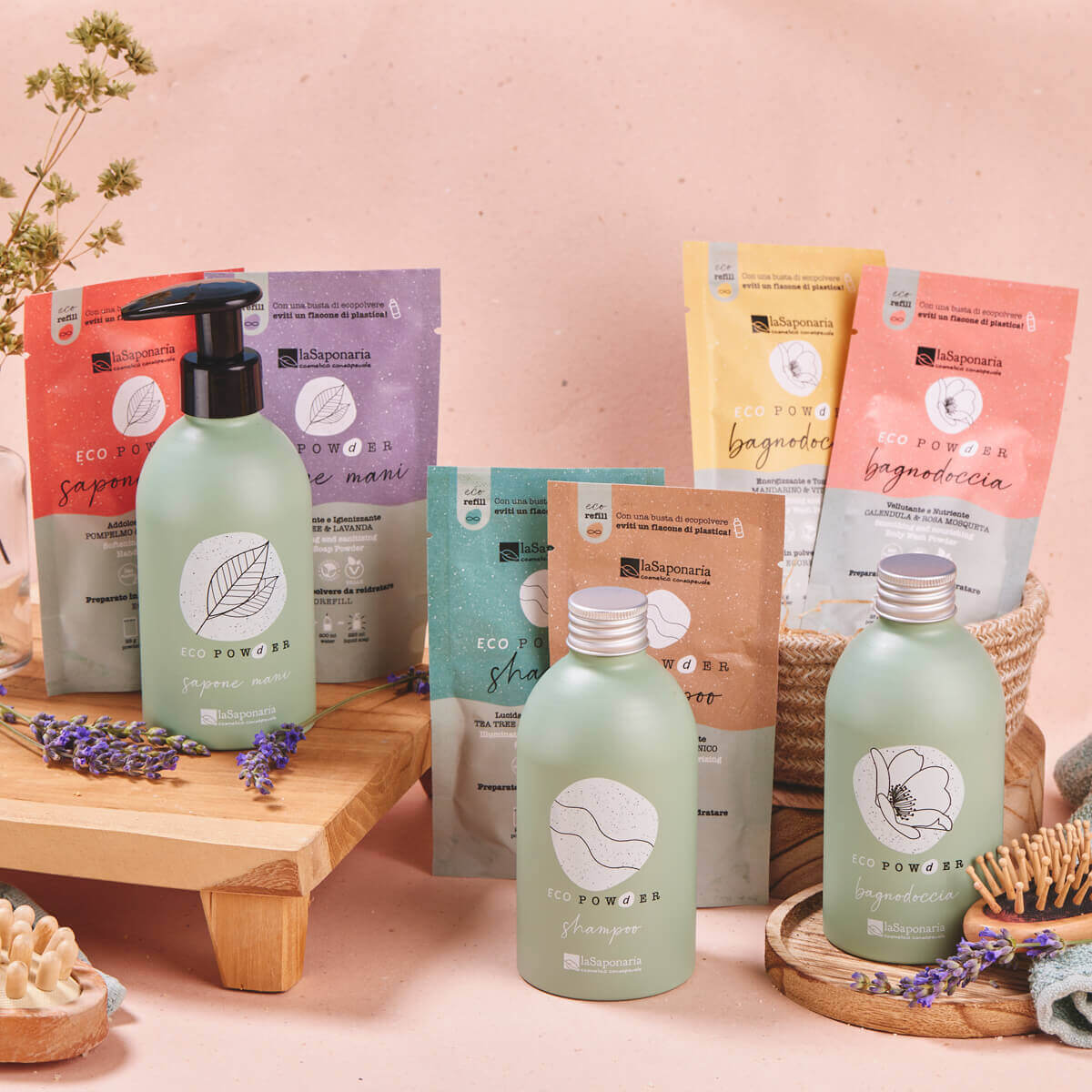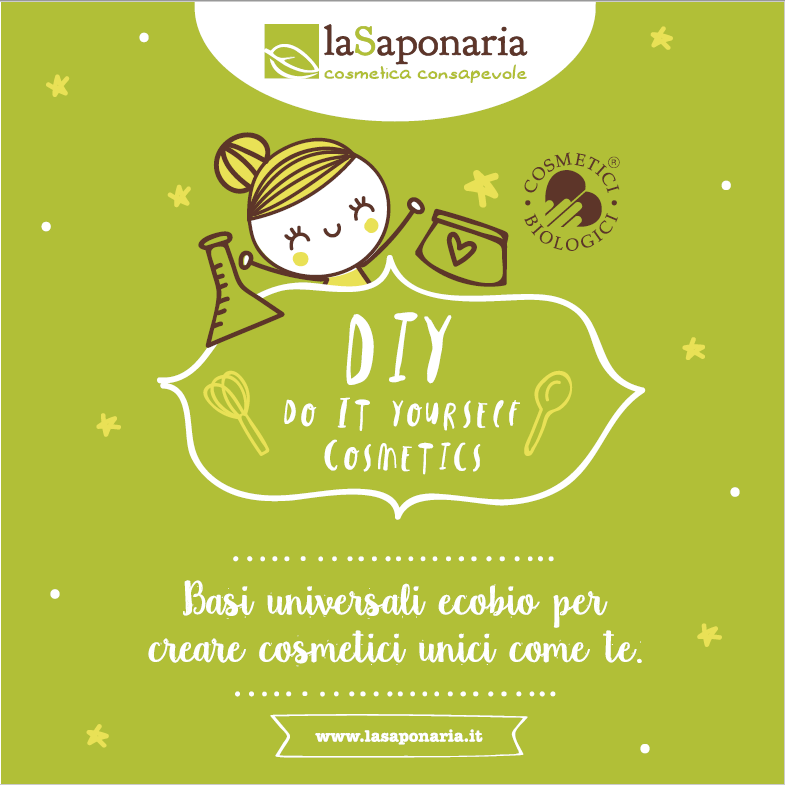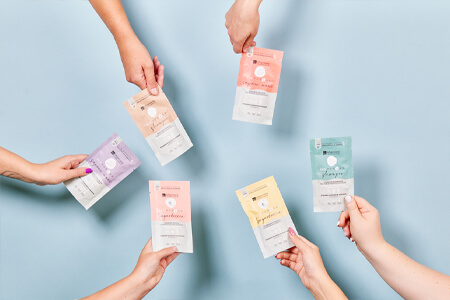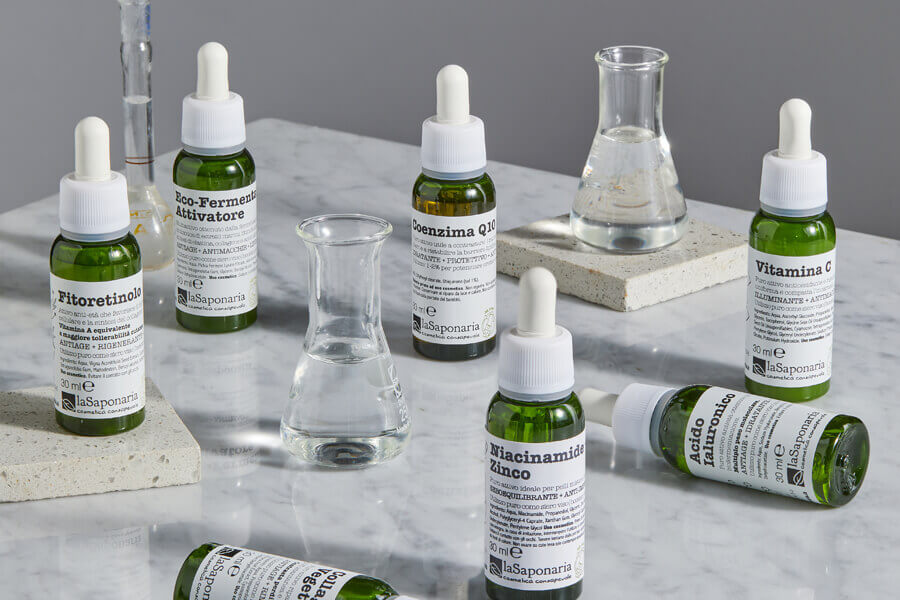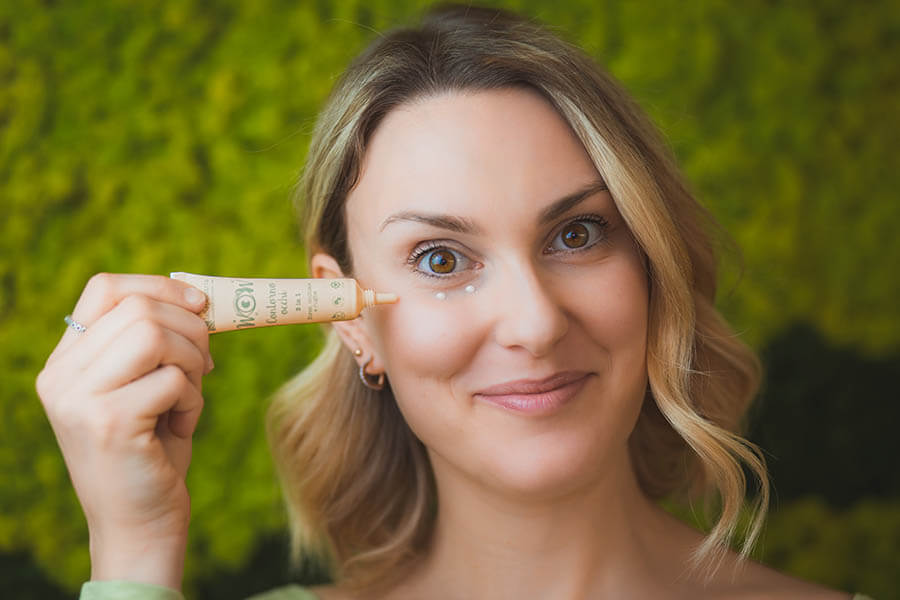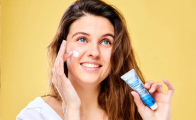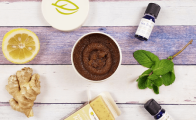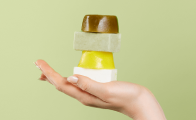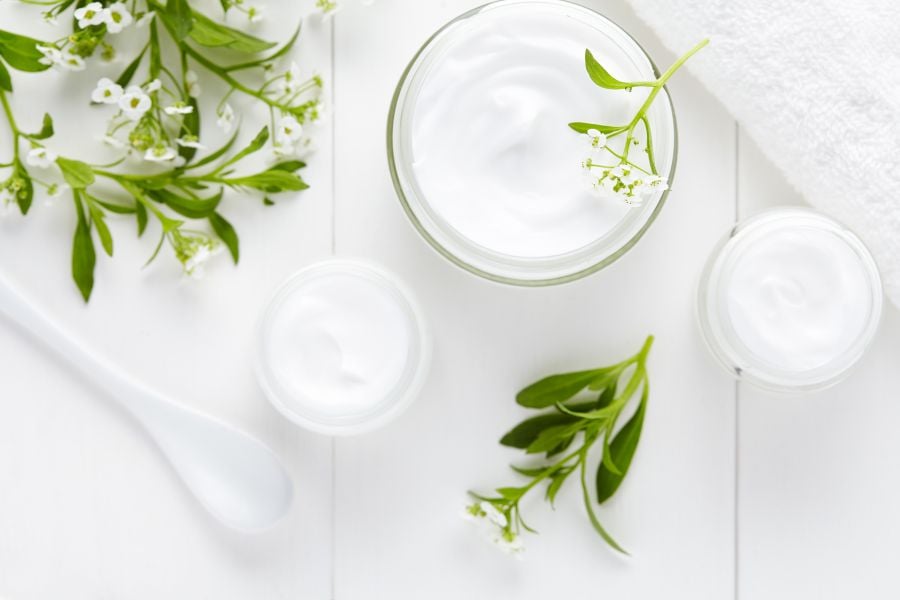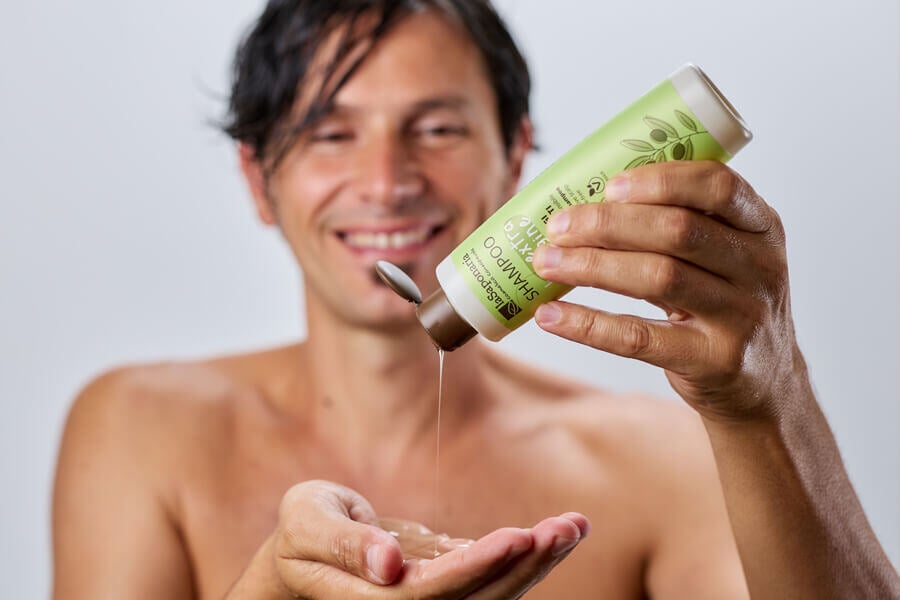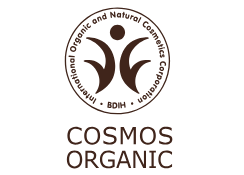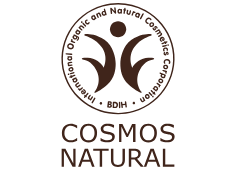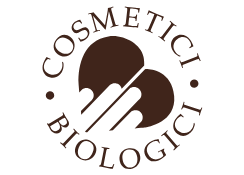The insights of La Saponaria
Cosmetics and comedogenic ingredients: clarify
What does comedogene mean? Can a cosmetic cause the appearance of pimples and pimples? What characteristics should a product have to not be comedogene?
Comedogenesis is the process that leads to the formation of black spots and, to date, is a process of the human body that is not completely clarified. The appearance of comedones (pimples) is associated with a phenomenon, called hyperplasia of the glands responsible for sebum production. These glands are present throughout the body, except for the soles of the feet and hands, but are more widespread on the skin of the face.
When the sebum produced by these glands is mixed with dirt such as dust or skin peel residues, the "black spot" is formed.
The origin of black dots
Blackheads may be of internal origin, so they are associated with hormonal activity, or have exogenous origins, or be related to the contact or intake of certain substances.
One of them, associated with the world of cosmetics, is in particular the presence in the skin of fatty acids, which are the main components of oils. Fatty acids are mixed with sebum and can penetrate the follicular duct. Once penetrated, they can leave more or less easily. If they stay inside, they form black spots.
We can imagine the follicle as a small tube. If a very fluid component enters it will be easy for it to escape, while if a less fluid and more viscous component enters it will be more difficult for it to escape. This is one of the reasons why we can say that some oils are more comedogenic than others.
Are the oils comedogenic?
All vegetable oils, except jojoba, are formed by more than 95% fatty acids with different molecular weight. This determines the melting point and, consequently, the different fluidity at room temperature.
For example, an oil rich in C16 palmitic acid, or stearic acid having a melting point above 60 degrees (i.e., they are solids at room temperature) will be much more viscous than an oil rich in unsaturated acids such as linoleic, oleic, linoleic, etc...
We can then affirm that all oils such as almond, olive, linen, rose hip, argan, have a low intrinsic comedogenic power, and above all it makes no sense to say that one of these oils has more comedogenic power than another
Unfortunately, comedogenicity depends not only on this factor, but on many others, first of all food, so it is not possible to state with simplicity that an ingredient is "comedogenic". To this should be added that although some individually tested ingredients may have comedogenic effects, it is not said that if they are inserted in a cosmetic continue to exercise the same action.

Wasn’t sweet almond oil comedogene?
One of the most common and erroneous beliefs in natural cosmetics is that sweet almond oil is comedogene. Sweet Almond Oil is obtained from the cold pressing of sweet almonds and is a vegetable oil widely used in cosmetics for its high dermocompatibility. Being a well tolerated vegetable oil, it is also recommended for the elderly, children and pregnant women. As we have seen above, having a molecular weight analogous to that of many other vegetable oils, sweet almond oil can be comedogene as much as these others and nothing more!
Everything depends on the type of skin, which may be more or less in need of nutrition and therefore more or less prone to develop comedones and imperfections in the presence of one vegetable oil instead. ¡ Therefore, it is not true that sweet almond oil is always comedogeno!
What are the comedogenic ingredients?
There are two different classifications to make about it: comedogenic ingredients and potentially comedogenic ingredients.
Potentially comedogenic ingredients include all vegetable oils, but it depends exclusively on the type of skin and the amounts used in a cosmetic. Any organic cream to be nourishing and creamy contains vegetable oils.
Isopropyl Mystrate and Isopropyl Palmitate are considered more comedogenic than other ingredients, however, here too everything depends on the type of skin, not only if it is dry or fat, but also on the very structure of the pores and follicles.
Instead, there are ingredients that are occlusive to the pores and, therefore, are much more likely to generate comedones and imperfections: among them are the cups.
Comedogenic and non-comedogenic cosmetics
Comedogenic ingredients are all those that, applied on the skin, cause the release of blackheads, grains and other impurities. On the contrary, non-comedogenic ingredients are those that have a low probability of triggering the appearance of impurities.
However, it should be noted that the "comedogenicity" of an ingredient and a cosmetic product also depends on the type of skin. It is true that there are ingredients universally considered comedogenic, but it is more true that "it is comedogeno everything that makes the skin grease".
When the skin reacts by oiling, suffocating and/or filling with impurities, it means that we are doing something wrong or we are giving it too much. It will be important in this case to follow a personalized beauty routine. Let’s talk about it in this article.
Comedogenic or acneic, what’s the difference?
If acne is the cause why we control the ingredients of a cosmetic to evaluate if it is comedogene, it is important to emphasize that the nature of comedones is different from that of pimples. Comedón is formed with extreme slowness, takes weeks, months, to give rise to a black spot, while acne is characterized by a rapid onset follicle inflammation, usually in 48-72 hours.
Therefore, it is good to remember that not all comedogenic products are acne and vice versa. Therefore, the important thing in the case of acne skin, will always be to gently clean it, perhaps with a cleansing foam, or a specific mild detergent that will help to remove excess sebum gently, without dehydrating the skin. And use specific products for mixed skin.
A solution for the skin that tends to form imperfections, blackheads and comedones under the skin, is to choose facial creams with specific formulas and light textures such as Stay Pure and introduce in your routine toners and easy-to-absorb facial serums such as Niacinamide + Zinc, powerful seboregulator or our bioactive serum anti-Imperfections, number one enemy of blackheads and blackheads, formulated with Melissa’s constitutional water, purifying and soothing and azelaic acid.

Written by Simona
She is La Saponaria’s digital writer: always juggling a newsletter to send and a blog article to publish, she lovingly takes care of our social media channels and our e-commerce.









